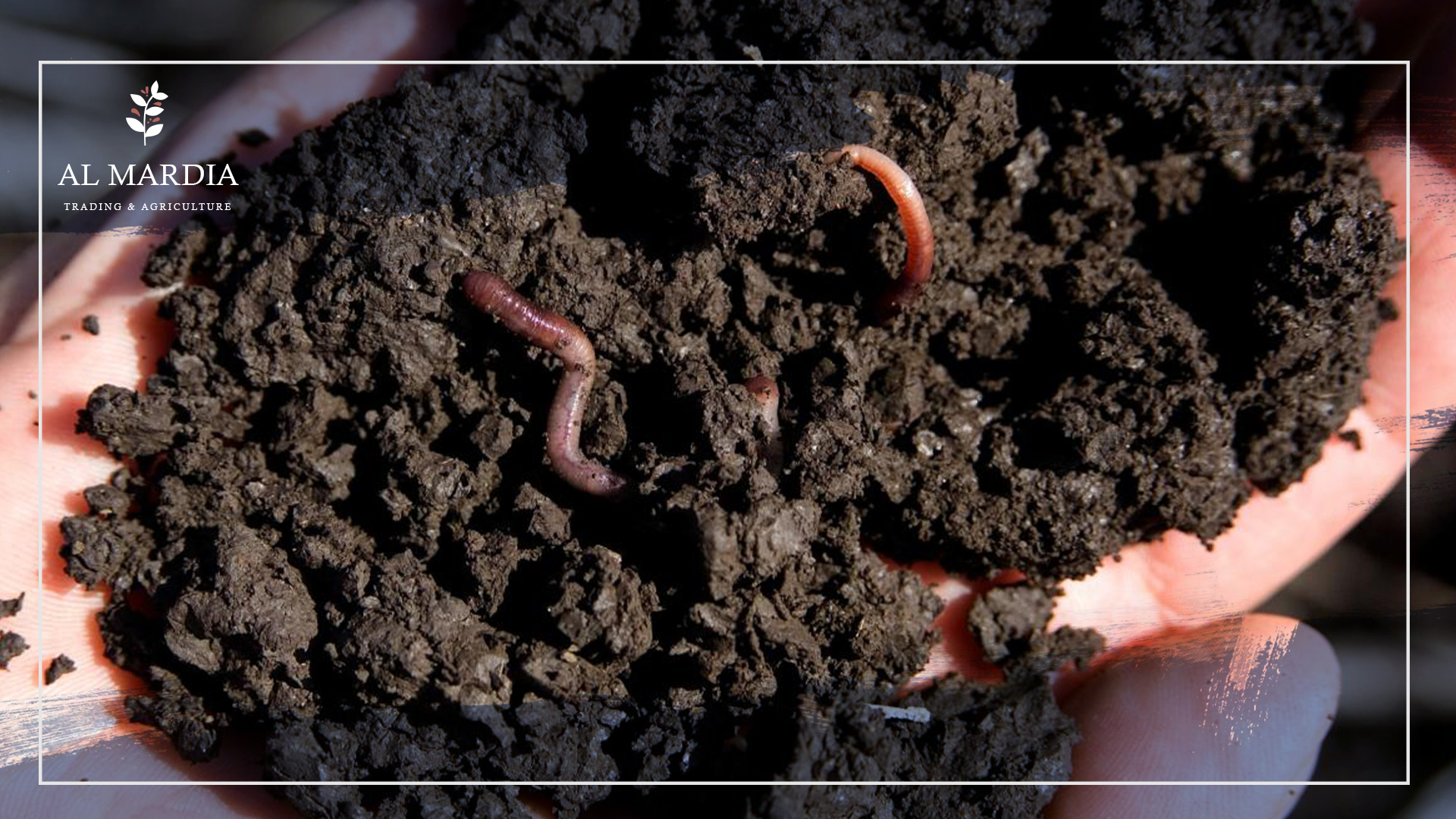Facts About North Carolina Worms Revealed
Facts About North Carolina Worms Revealed
Blog Article
More About North Carolina Worms
Table of ContentsTop Guidelines Of North Carolina WormsThe Ultimate Guide To North Carolina WormsThings about North Carolina WormsSome Of North Carolina WormsNorth Carolina Worms for Dummies
Instance: 1-gallon of worm castings to 4 gallons of potting mix. 1/2 mug in the bottom of the growing opening for smaller sized plants. 1 cup for larger plants.We locate that worm castings are not truly required for seed beginning., advertises better germination prices and plant health.
The addition of tea can likewise include raised microbial biomass to your soil. Worms. You can always side-dress your plants with worm castings any time. Simply remember, the bacteria will die if exposed to UV rays (Sunlight), so make certain to cover the spreadings with an inch or so of dirt

This baffled them for years till the testing techniques became much better. It would obtain better(with more spreadings), level off, and after that decline. Also numerous worm castings would certainly speed up the development to a speed that the plant could not recover from.
The Of North Carolina Worms
I have clarified the merits of worm spreadings for about 2000 words. Worm castings are no different. It takes time to develop top quality worm castings.
Worm castings certainly set you back even more than chemical fertilizers. Worm castings are on the cheaper end of natural plant foods. (50 gallons per year) It is a much more challenging and really pricey investment to produce large amounts of worm castings.
There are lots of threats involved. There is definitely no disadvantage to expanding with worm spreadings. I would place worm castings up versus any fertilizer (chemical or organic) for plant health and wellness and yield. They likewise enhance your soil health and wellness exceptionally. We have actually spoken about the numerous benefits of worm spreadings.
Creating a healthy soil might be the best benefit of worm spreadings. We discussed worm castings NPK and likewise the correct nutrient analysis that ought to use to worm spreadings.
The Buzz on North Carolina Worms
We talked about some of the disadvantages linked with worm castings. I covered a lot of product in this write-up.
(https://www.video-bookmark.com/bookmark/6602208/north-carolina-worms/)The upright burrows are commonly open, although the worms top the leading with deposit and waste matter. Roots need oxygen for their growth, whereas they generate carbon dioxide that needs to leave the soil.

The Best Strategy To Use For North Carolina Worms
In an additional research, earthworms were estimated to consume 4 to 10 percent of the leading 6 inches of the dirt yearly. Soil compaction lowers the porosity of the dirt.
Typical earthworm populations can conveniently eat 2 tons of completely dry matter per acre each year, partially digesting and mixing it with soil. The value of earthworms to mix surface area deposit with dirt becomes very clear in soils that do not have any type of earthworms. Most of our Pennsylvania soils contend the very least some earthworms, and the result of their full lack, for that reason, can not be noted.
In these dirts, the development of topsoil with reasonable raw material material did not happen, causing inadequate crop growth. When the reason was established, the government of the Netherlands started a project to introduce earthworms. After the introduction of the earthworms, a dark topsoil layer was created, and crop development increased considerably.
See This Report on North Carolina Worms
They live primarily from partly disintegrated organic matter that is currently integrated in the dirt. They consume their way via the dirt, creating straight burrows that they fill up with their excrement. These varieties ingest huge amounts of soil that they blend with digested plant residue in their guts. or anecic varieties live in irreversible upright burrows that can be 5 or 6 feet deep.
Their burrows stay open, although they cap the leading with crop residue that they pull to the entrance. These species ingest considerable amounts of soil that they mix with digested deposit in their digestive tracts. Their waste matter is primarily deposited at the surface of the soil. The nightcrawler Lumbricus terrestris is one of the most famous member of this team.
Report this page